Laura and Jack Willgoss’s story stems from a dream that many of us have probably held at some point: to find an abandoned walled garden and restore it. It was a dream they had nurtured since meeting as horticultural students at RHS Garden Wisely, clutching at it as they worked on other people’s gardens seven days a week, until one day it came true thanks to a strong wind blowing down a polytunnel.
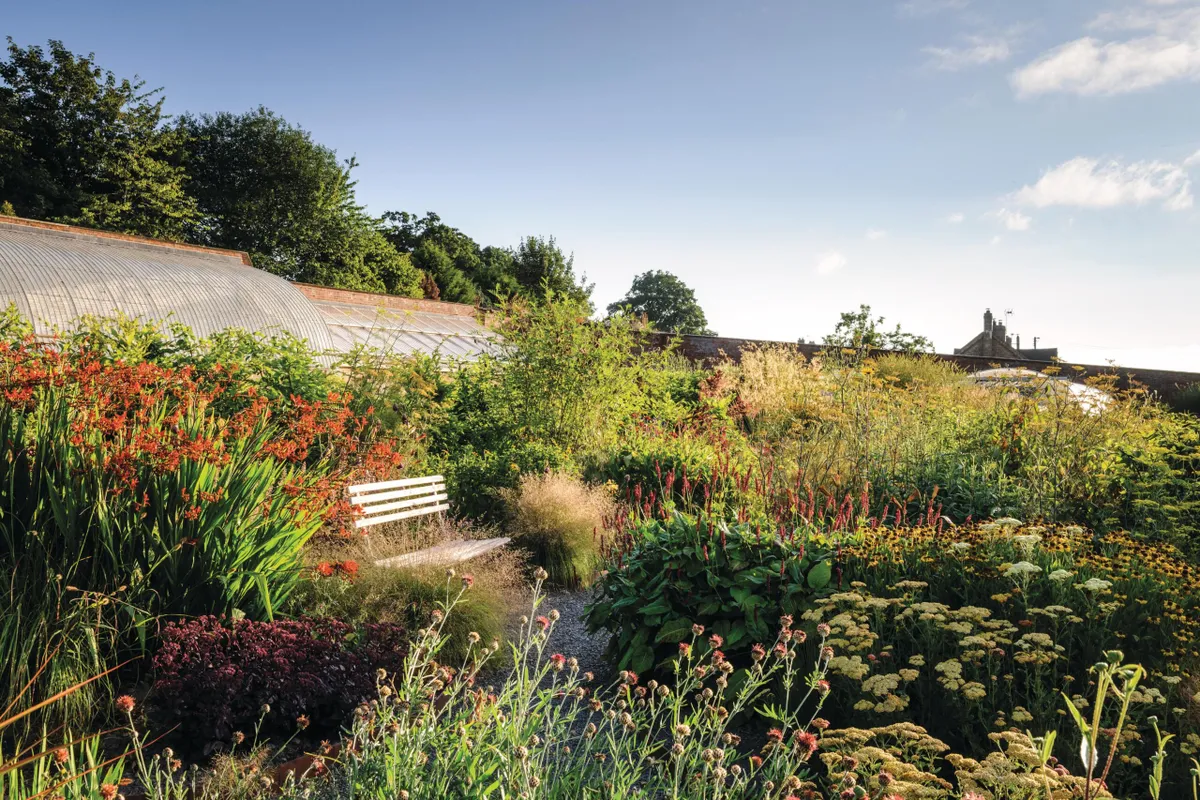
In 2011 the pair acquired the Bouts perennial viola collection and started a nursery, not on a patch surrounded by beautiful brick walls but in a sloping field. The perfect site – an abandoned walled garden – lay just down the road, but despite numerous enquiries the gates remained firmly shut. So they soldiered on despite a regularly flooding field and hoped that one day they would get inside the walled garden. Their chance came when their polytunnels blew down and their neighbours politely enquired whether there wasn’t a more suitable location elsewhere. They explained their predicament, and it turned out that the neighbours knew the owners of the walled garden. After putting in a good word, two acres and some crumbling greenhouses suddenly became a reality.
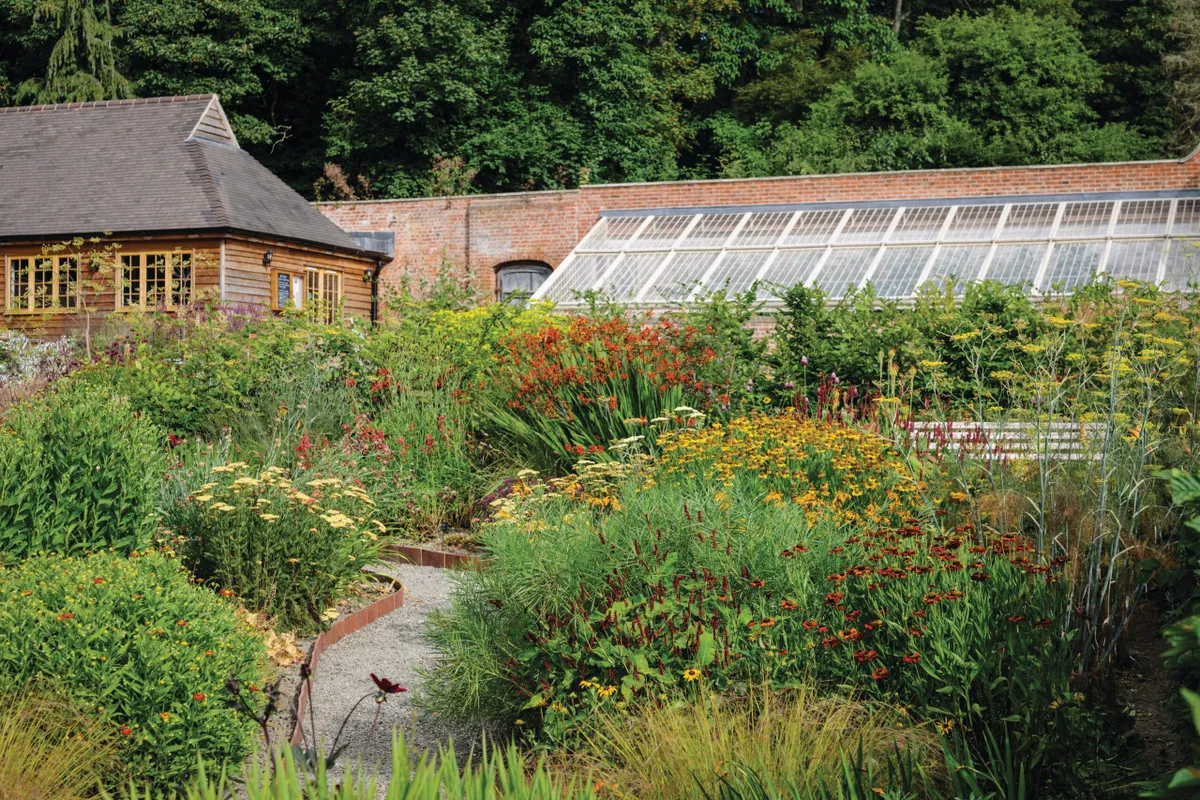
The walled garden, which is rented on a long-term lease, had not been cultivated in any traditional sense since the 1960s. Instead it had been a tree nursery, a fish farm and a holding pen for raising pheasants. When they moved in, the Georgian glasshouses were derelict. To pay for their restoration, they went back to jobbing gardening, applied for funding from the Lottery Heritage Fund and Country Houses Foundation that was matched by the owners, and started up a tea room.
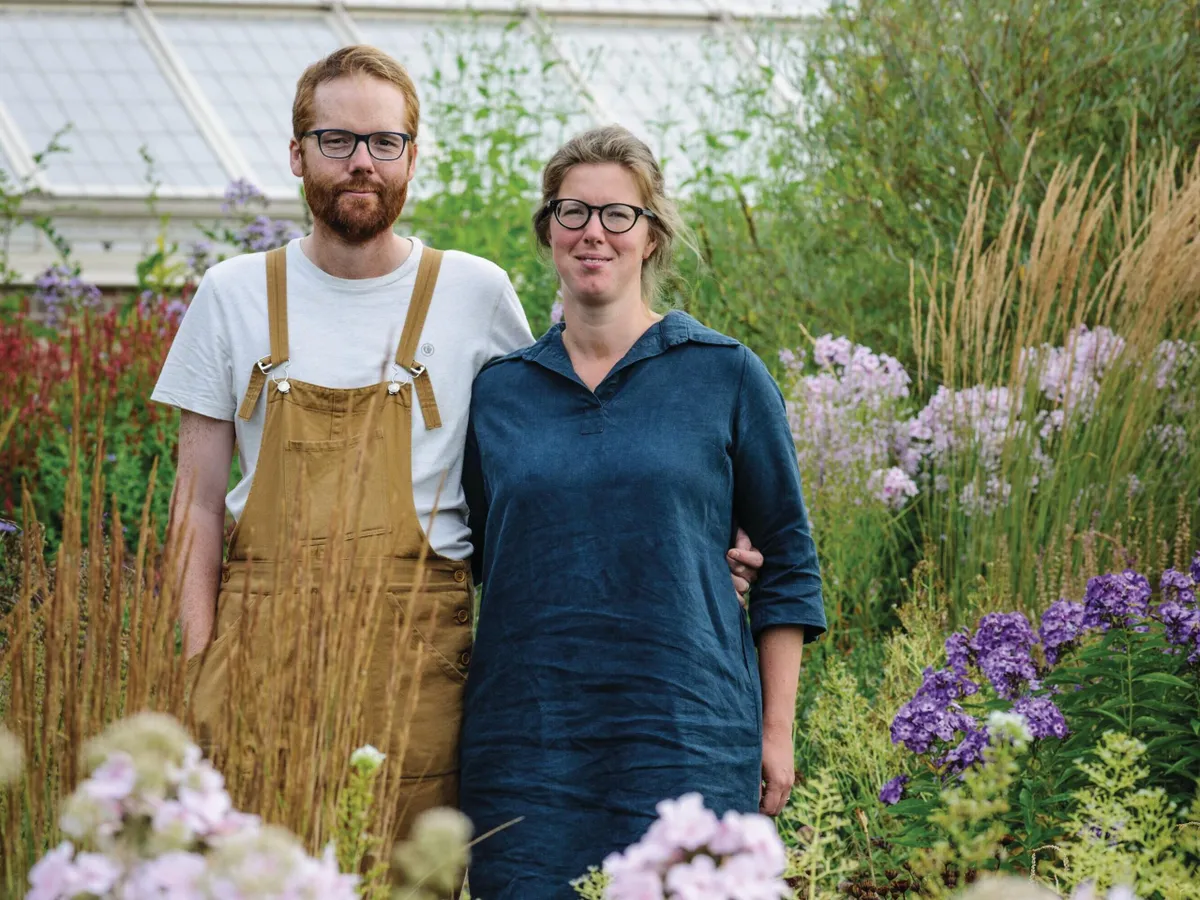
The restoration was completed in 2016, but “it’s still growing into the space we want,” says Laura. “We’ve been talking to Sarah Wain [former gardens supervisor at West Dean Gardens in Sussex, another restored 19th-century walled garden] about what to do with the space and have decided on maximum impact for minimum effort, hence the tomatoes for now. The reality is that greenhouses can be very labour-intensive spaces with plants prone to pests and diseases. Traditionally, there would have been an army of Victorian gardeners to tend to them.” Her ultimate aim is to have South African bulb and pelargonium collections in pots.
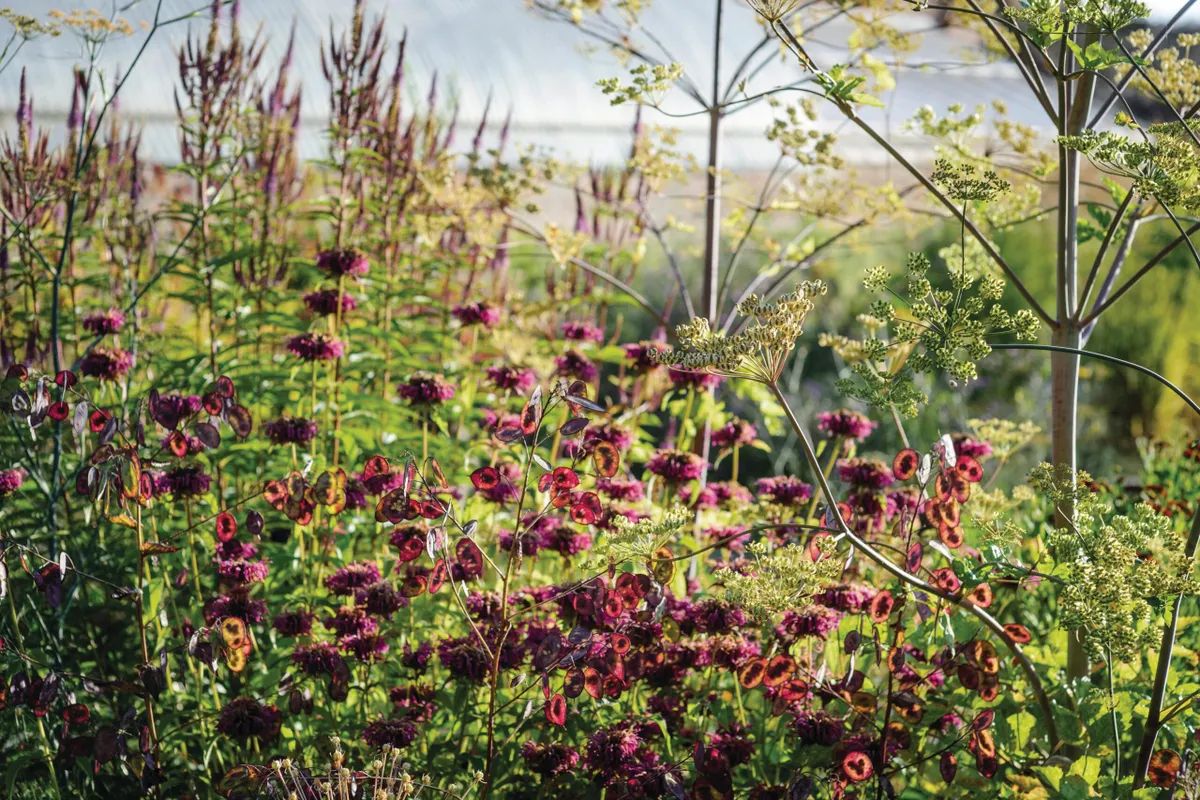
As for the rest of the garden, the couple were after a more contemporary planting style, and drew inspiration from their favourite nurseries, Dove Cottage in West Yorkshire and Marchants Hardy Plants in East Sussex. They wanted a little of the New Perennial Movement and Piet Oudolf’s loose, naturalistic planting with a little of the colour of Sandra Pope’s work at Hadspen in Somerset back in the early 2000s.
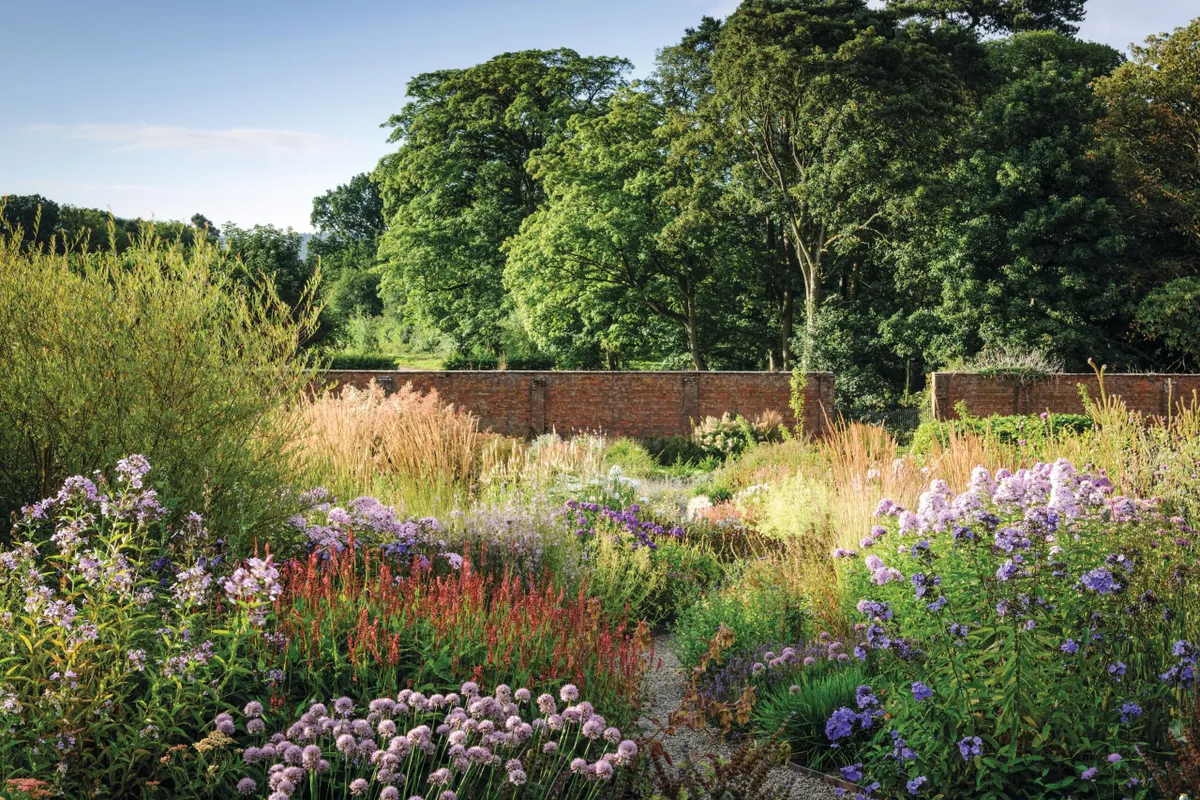
They also travel to the continent each year looking for new perennials and rare finds. The business may be about selling choice plants, but the space is about creating a working environment they can both enjoy. “For years we worked for other people and never got to enjoy the garden at the end of the day. Here we wanted to create a place where we could do just that,” says Jack. “Of course, we want visitors to buy the plants, but we also want the garden to be a genuinely restorative space.” And this nursery is certainly more than the sum of its plants. Behind those majestic walls is the chance to contemplate a beautiful, evolving garden, have a cup of tea and take home a little inspiration.
USEFUL INFORMATION
Address Lower Millichope, Munslow, Shropshire SY7 9HE. Tel 01584 841890. Website wildegoosenursery.co.uk Open Friday – Sunday, 10am-4.30pm, until 13 October.
See website for details of workshops.